Create your own scenario based ‘serious learning games’
Capture and share your ideas and best practice in unique games.
Design and share vocational scenario based games for skills
development, assessment and knowledge retention.
What is a ‘BrightGame’?
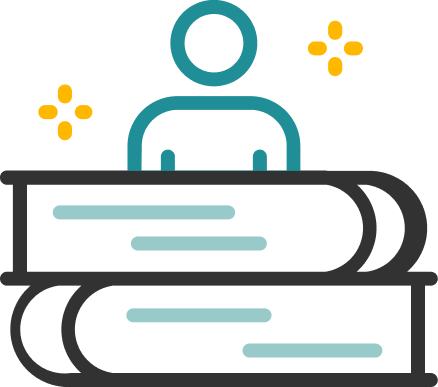
‘Simple to play’
situational games
Capturing your ideas in BrightGame enables you to share best practice, support deep learning & test knowledge.
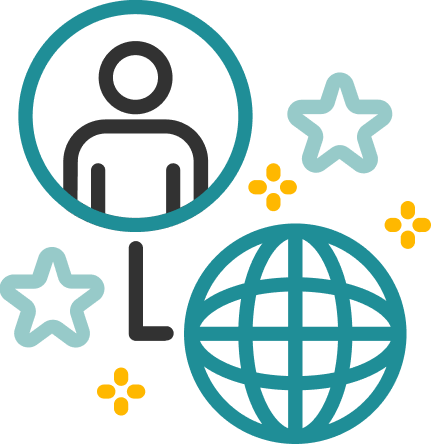
Real world scenario’s
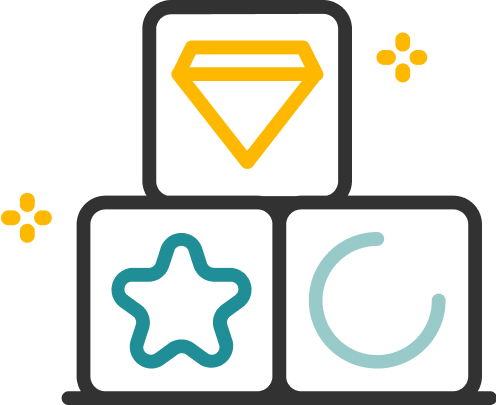
‘Easy to create’
learning games

What makes
BrightGame’s unique?
Develop games based on ‘Real world’ scenario’s offering players situational experience of limited time, resources, people and more.
Follow 8 simple steps to create your own learning game! No need for gamification or advanced learning expertise.
Personalise in-game content to include your images, video, soundbytes, and points of contact! Link game content to web pages, documents and other media.
Share your games in multiple formats; on mobile and web, collaborative whiteboards, Printed boardgames.
Re-edit your learning games and content and re-release instantly at any time (no hidden costs).
Explore games

Drug research game
Created by Centre for Process Innovation
Ages: 22-30, 31-50
Designed by laboratory managers to share best practice in lab filtration for drug research, the game supports specialist training provided by the Centre for Process Innovation (CPI)
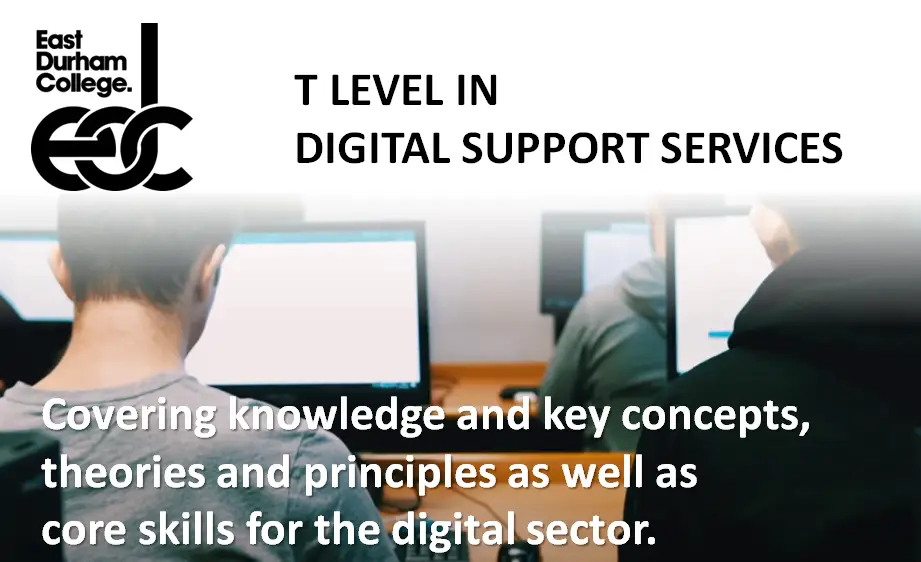
A knowledge check for T Level’s
Created by East Durham College
Ages: 16-21,22-30
A game applied to vocational learning about digital services, alongside NCFE and OCR provided case studies for T Level and level 4 qualifications (UK Further education).
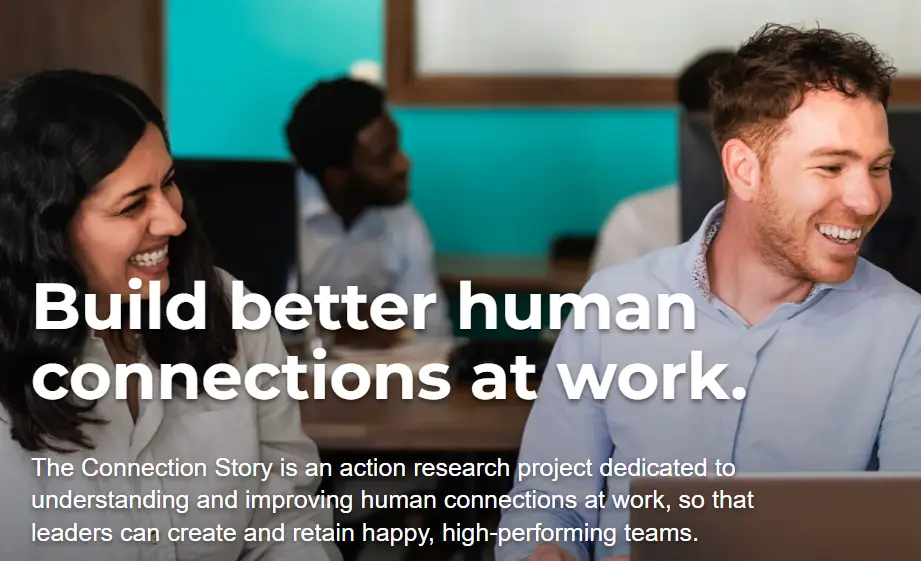
The connection story
Created by The Connection Story
Ages: 16-21, 22-30, 31-50
A BrightGame designed by Di Gates, founder of ‘The connection story’ an action research project dedicated to understanding and improving human connections
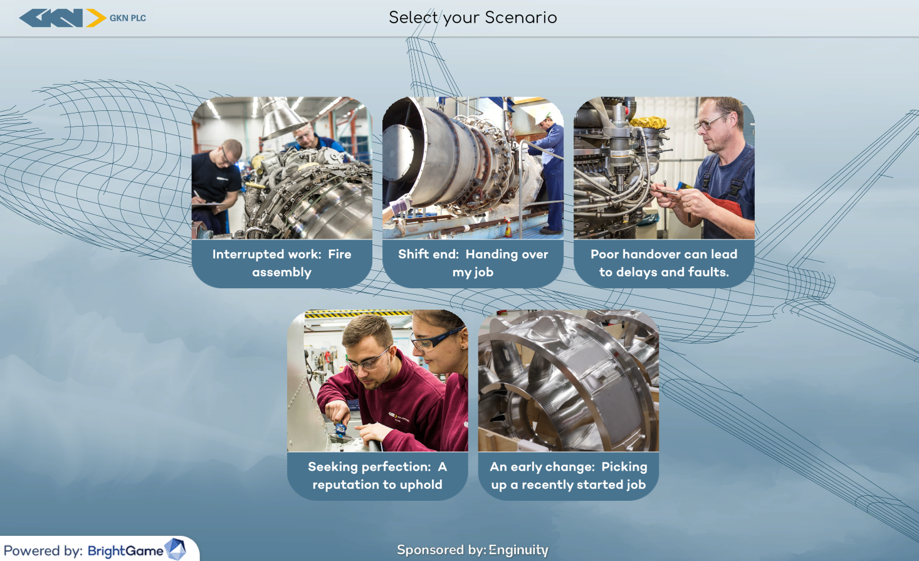
Aerospace assembly game
Created by Enginuity
Ages: 22-30, 31-50
Designed by Enginuity for GKN, an aerospace manufacturing company working with Airbus. The game supports best practice in Jet engine parts assembly for the A380…
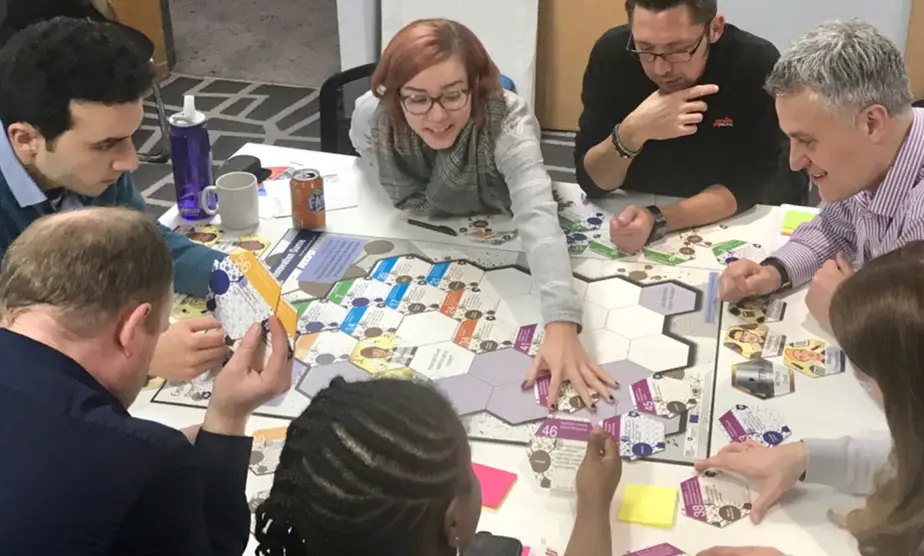
The innovation game
Created by +ADD Strategy
Ages: 19-21, 22-30, 31-50, 51-75
Designed by +ADD Strategy, an innovation partnering agency working with large and complex organizations. The game is designed to help individuals think…

Marketing planning (SOSTAC)
Created by NESMA
Ages: 18-21, 22-30, 31-50
A learning game created by NESMA for tutor support for the CIM (Chartered Institute of Marketing) level 6 qualification in marketing planning…
It was easy to create our game, within hours we developed learning objectives, through to game stages and player actions ...it is a simple process with many applications! Veronica, Nesma

The fact we can test the game, then revise the content later on the system is very practical. We can add or change, scenarios, actions and impacts. Vallin, Aeronautical Engineer

We use a BrightGame in our accredited innovation management courses. They are great for tutor support. Paul, ADD Strategy
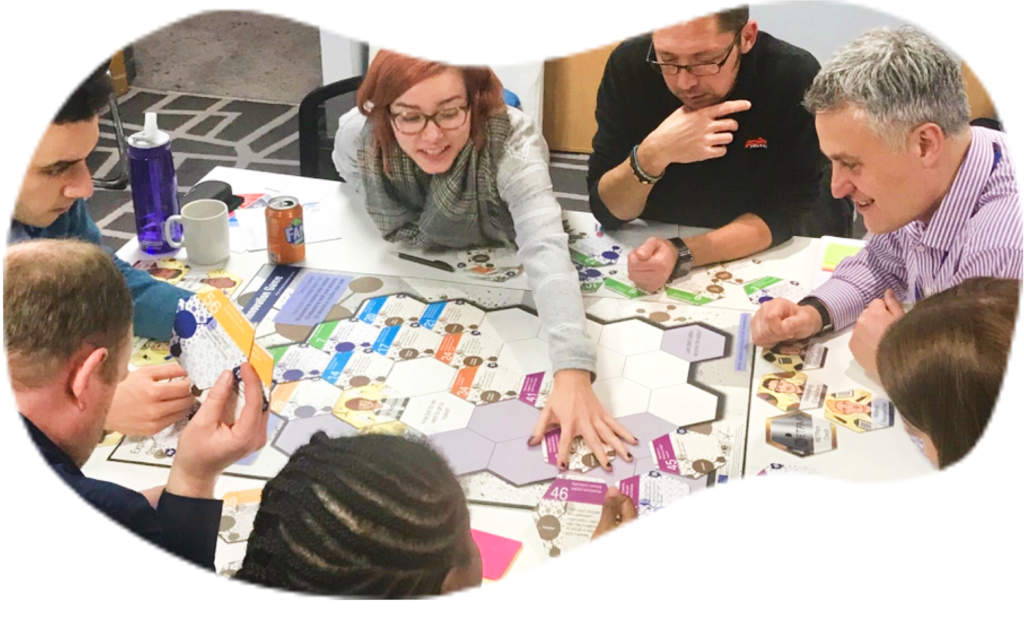
How does BrightGame work?
Explore
Answer a few simple questions to get started!
Create a better game by considering the key learning objectives and impacts you are seeking
Create
Follow our eight stage process to develop your game by yourself or with collaborators.
Watch your game come to life as you build it!
Create games on mobile, on web or as physical board games!
Share or host
Launch your game online.
Create gameplay events and invite your class, cohort or colleagues. Host games by email, on your website or on learning platforms.
Build a game library, share your games or keep them private.
Play
Play individually or in virtual groups online or on your mobile.
Respond to scenarios and decide on the best course of action for success.
Consider and prioritise actions based on constraints such as time, resources and access to people.
Learn
Review choices made and thier impacts based on the nature, order, and combination of actions chosen for the scenario selected.
Review the results for your games, cohort use and performance. Report results to your Learning Management System (LMS).